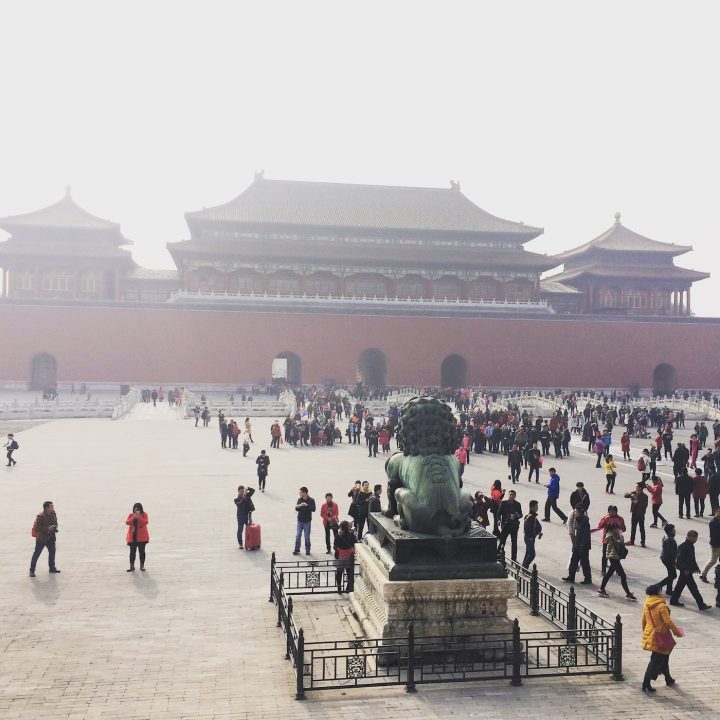
A smog-eating bike may soon be cruising through the Beijing streets. Last month the Dutch design firm Studio Roosegaarde announced that it is partnering with Ofo, a Chinese bike sharing program, to develop the Smog Free Bicycle. Daan Roosegaarde, who leads the studio, stated: “Beijing used to be an iconic bicycle city. We want to bring back the bicycle as a cultural icon of China and as the next step towards smog free cities.”
Beijing has an air pollution crisis, and the bike proposal joins other environmental initiatives like a Chinese government-led mass tree planting. According to the release from Studio Roosegaarde, details about the Smog Free Bicycle’s implementation will be released this fall. Roosegaarde was inspired by a recent workshop at the M Woods museum in Beijing. It featured artist Matt Hope, who previously created a “Breathing Bike,” a much more DIY contraption with an air cleaning system involving an IKEA trash can and fighter-pilot mask.

The Smog Free Bicycle is the latest from Roosegaarde’s ongoing Smog Free Project. It follows the installation of a Smog Free Tower in Rotterdam in 2015, reported for Hyperallergic by Claire Voon, that was billed as the “largest smog vacuum cleaner in the world.” Using positive ionization to pull particulate matter from the air, these particles are then compressed into cubes for jewelry. In 2016, another Smog Free Tower was installed in Beijing.
The bicycle would potentially use a similar technology to inhale pollution, then release the cleaned air around the rider. Yet bike sharing programs in China have faced their own hurdles. The Guardian reported in January that hundreds of cycles-for-hire were being abandoned by riders in huge piles around Shenzhen.
Other recent designs such as the CityTree by the Berlin-based Green City Solutions that has a wall of air-cleaning moss for concrete-heavy urban zones, and Air Ink by Graviky Labs in India that transforms smog into inks, similarly are aimed at small-scale interventions that could influence larger thinking on greener cities. Perhaps it’s better to view projects like the Smog Free Bicycle as statements rather than solutions. Bikes are, by their peddle-powered nature, smog free, and the social impact design may be successful in encouraging more people to ride.
